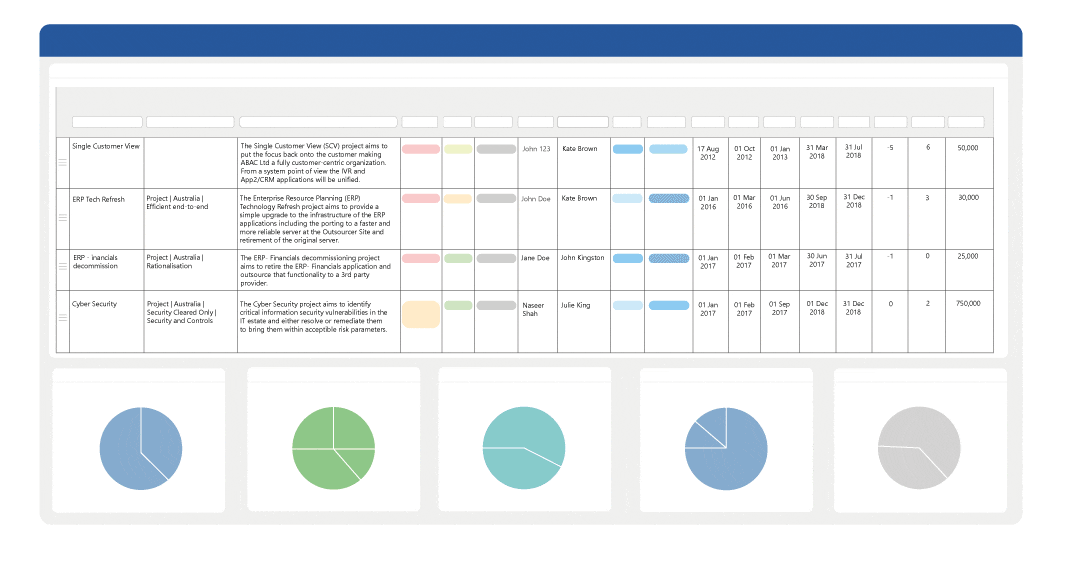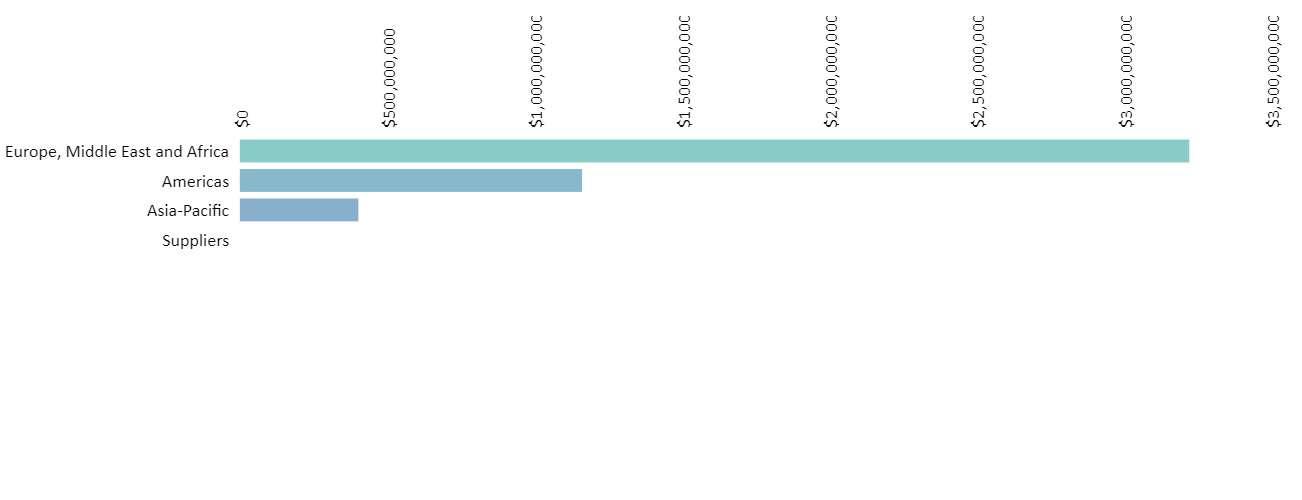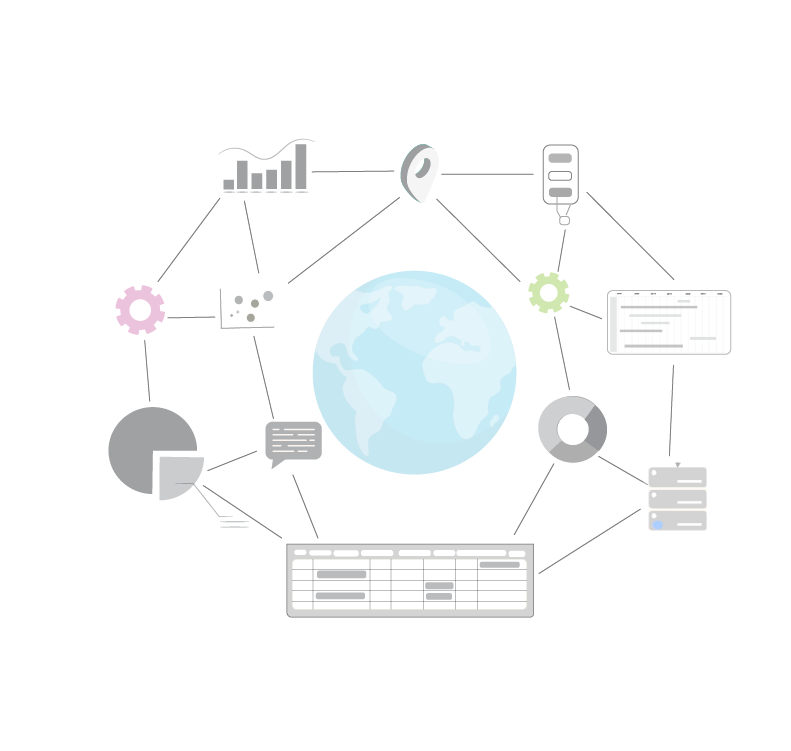Measure technical debt.
Running a successful business requires constant trade-offs between financial, time and technical constraints.
But as technical debt builds up it can impact business risk, IT costs, service outages and time-to-market. Architects can guide CIOs and business leaders in understanding which IT assets to prioritise, when it’s time to migrate, and the business costs and opportunities of doing so.
Build A Business Case: Risk Exposure and Business Goals
Building awareness of risks and costs is the first step to securing funding to tackle technical debt.
Many companies function with large and growing technical debt because it means little to the business management compared to the focus on immediate business objectives and strategy.
WEBINAR: Tackling and Managing Technical Debt, A Guide for Enterprise Architects
“An average of 25% of the overall development time is dedicated to managing technical debt.”
– Survey: Martini 2018

Steps to Manage Technical Debt
- Log: age of systems, outages, documentation gaps, code complexity, maintenance costs, number of users, integrations, dataflows, criticality and benefits of assets
- Map existing systems, understand dependencies
- Identify and score risks: probability and impact of failure
- Automate cost and risk scoring so updates are available in real-time.
- Algorithms in ABACUS can provide continuous scoring updates of technical debt calculations from your repository.
Data integrations and collaborative data management can ensure that this catalog remains current, connected, and can be updated easily by data-owners
Quantify costs and risks:
- Outages (frequency, severity, cost)
- Security breaches
- Lower customer satisfaction (e.g. caused by slower shipping speeds)
- Impact on brand
- Risk of large unplanned emergency investments
- Increased costs of maintenance / remedial work
- Lower response time
- Reduced reliability
Build a Technical Debt Roadmap
- Filter catalog for high-risk systems
- Quantify financial and reputational exposure in event of system failure
- Identify events which impact technical debt: eg: new product releases, support discontinued, existing project timelines, retirement of key personnel
- Identify opportunities for low-cost quick productivity gains (“quick wins”)
- Categorize systems: Retain-Refresh-Redesign-Retire; Tolerate-Invest-Migrate-Eliminate
- Propose budgets and timelines for code refactoring, system redesign or replacement


Measure Technical Debt Metrics
- Cost Savings: attributable to lower maintenance overheads and professional services costs
- Business Risk Reduction: Operational, Security, Regulatory and Reputational risk & liability
- Technical Debt Ratios: Remediation Cost / Development Costs
- Roadmaps: Gannt Charts and heatmaps to provide an overview of technical debt within projects, and a path to improvement
Once the architecture team has assembled these dashboards, they can be used for regular reporting. In ABACUS, they can be embedded in workplace social software such as Teams, or sent as links in emails.
Frameworks and Methodologies to Manage Technical Debt
Enterprise architecture frameworks can provide a set of assets and templates which allow architects to get started quickly.
For technical debt management consider the PEAF framework (Pragmatic EA Framework) which covers “Enterprise Debt”. TOGAF’s concept of “Architecture Change Management” is also a useful methodology. Both PEAF and TOGAF frameworks are available to every ABACUS user.
“If you don’t control your Enterprise Debt™, it will control you.”
– Kevin Smith, creator of PEAF


